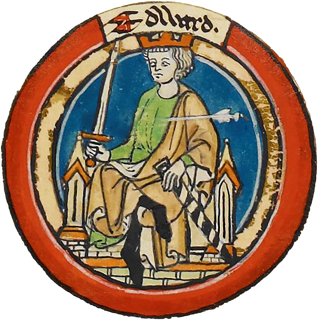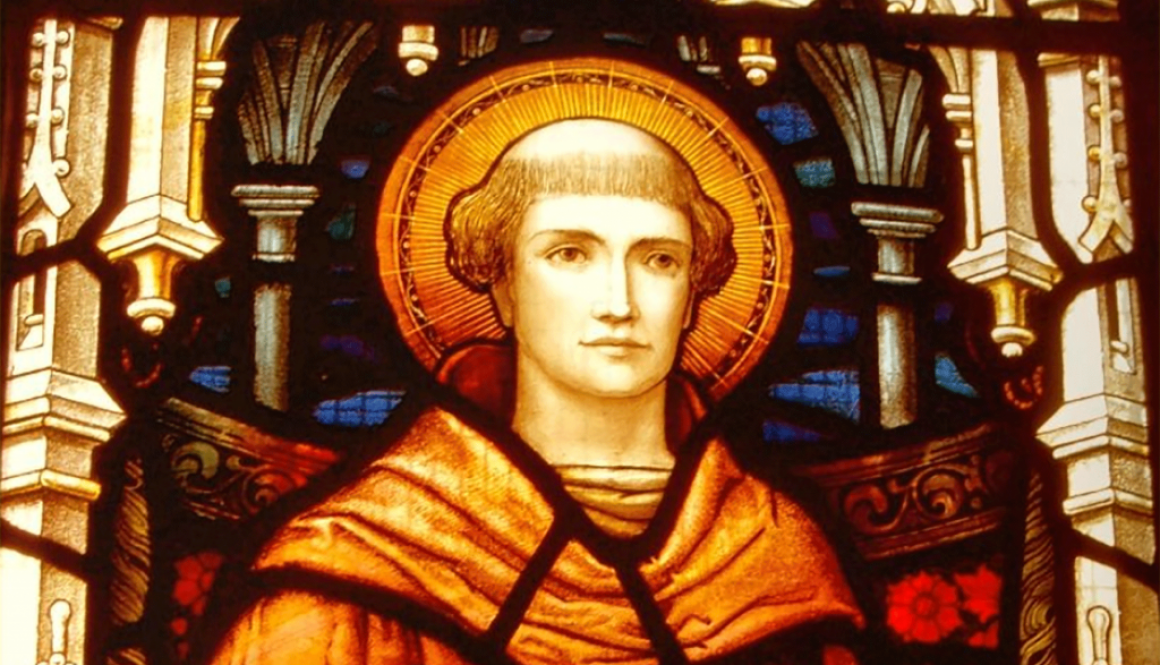1st after Pentecost. All Saints, St Columba
The origins of Christianity in the British Isles, particularly, that part now called England, can be traced back to Roman times, even if much of this is legendary, but when the Romans withdrew in order to defend other parts of the Empire Britain became vulnerable to invasion and eventual occupation by heathen tribes from Northern Europe. In this situation the Church retreated into isolated pockets here and there until the arrival, from Rome, of St Augustine and his companions.
Scotland was never under Roman control, and the Church does not appear to have penetrated to that region before the 6th century when it was left to missionaries from Ireland, where Christianity was already well established, to proclaim the Gospel – particularly in the Western Isles and parts of the mainland.
One such missionary, and the most important, was Columba, sometimes known as Columcille, or “Dove of the Church”. Today, the 9th June we celebrate the memory of this missionary from Ireland. The circumstances of Columba’s arrival and settlement in Scotland may seem a little strange. He does not appear to have received any inner calling to be a missionary but he was an educated man, having studied in a monastery in Galloway.
Being educated meant that he could read and write, and had a knowledge of the scriptures. In the monastery he had copied a book of Psalms. When this was completed, there was a dispute over who owned this copy- Columba, who would have spent many weeks, even months producing it, or the owner of the original, Finnian.
Columba did not want to give the book up and he instigated a rebellion against the King of Ireland. This does seem to be rather a drastic reaction on the part of Columba and it is not clear where the book fitted into this situation but the episode culminated in a Battle at Cooldrevny in 561 in which 3,000 men were killed.
For his part in this, Columba’s confessor, St Molaise, prescribed the penance of leaving Ireland, and going to Scotland to preach the Gospel. He was to convert as many to Christianity as had been killed in the battle, and he should never again return to Ireland.
In obedience, in 563, Columba and twelve companions left Ireland. He was then 42 years old, and initially he began evangelising amongst the Scots of Dalriada, parts of which overlooked Northern Ireland. Columba soon realised that he should go to an area out of sight of his homeland, so he moved further North, settling on a tiny island in the outer Hebrides called Iona. This was no more than three miles across at its widest point. Here he built a monastery which, although it was destroyed at the Reformation in the 16th century, has since been restored as a base for the ecumenical Iona Community, a widely dispersed Christian ecumenical fellowship.
Columba, with some companions then turned to the greater challenge of converting the Picts of Caledonia. Initially they had little success, but the situation changed after Columba with two of his companions, Comgall, and Kenneth visited King Brude at his fortress overlooking Inverness.
Brude refused them entry to the fortress but, when Columba made the sign of the Cross before the gates they swung open of their own accord. The king was converted there and then, and the rest of the Picts not long afterwards.
On one of his journeys in that area Columba encountered a group of Picts who were burying the body of a man who had been killed by a water monster which lived in the River Nesa. This is considered to be the first written reference to the Loch Ness Monster. The account goes on to say that, shortly afterwards, Columba saved another man by ordering the monster to retreat – which it did, leaving its prey behind.
Columba died in 597 in the monastery on Iona and there he was buried. His tomb soon became an important place of pilgrimage and remained so until the Reformation although Columba’s relics had been removed 150 years after his death. They were shared between King Kenneth whose share was kept at Dunkeld. The remainder were taken to the church of Downpatrick, in his native Ireland.
Columba’s feast day is celebrated on June 9th, the date of his repose and, although his history might suggest that he was an obvious candidate to be patron saint of Scotland he was, in due course, replaced by the Apostle, St Andrew who, as far as is known, had no connection with Scotland whatsoever!
As you may have realised from this brief account, very little is known about Columba and the details of his mission except that its outcome bore fruit in the lasting conversion first of the Picts in the North and then the eventual spread of the faith through other parts of Scotland.
The details have been lost in the mists of time and, of course as a result of the 16th century Reformation which, in Scotland, took an extreme form, destroying many the visible remains relating to Columba and others. The reformers had little time for obscure saints no matter however important their historical input might have been, and they would have been far happier with St Andrew as a patron saint if they had to have one because, unlike Columba, he featured as an apostle in the Gospels.
What we do know of Columba should be sufficient for us to realise that this man after a somewhat questionable start in Ireland crossed to what became his adopted country in obedience and, with his companions embarked on a mission which bore lasting fruit.

